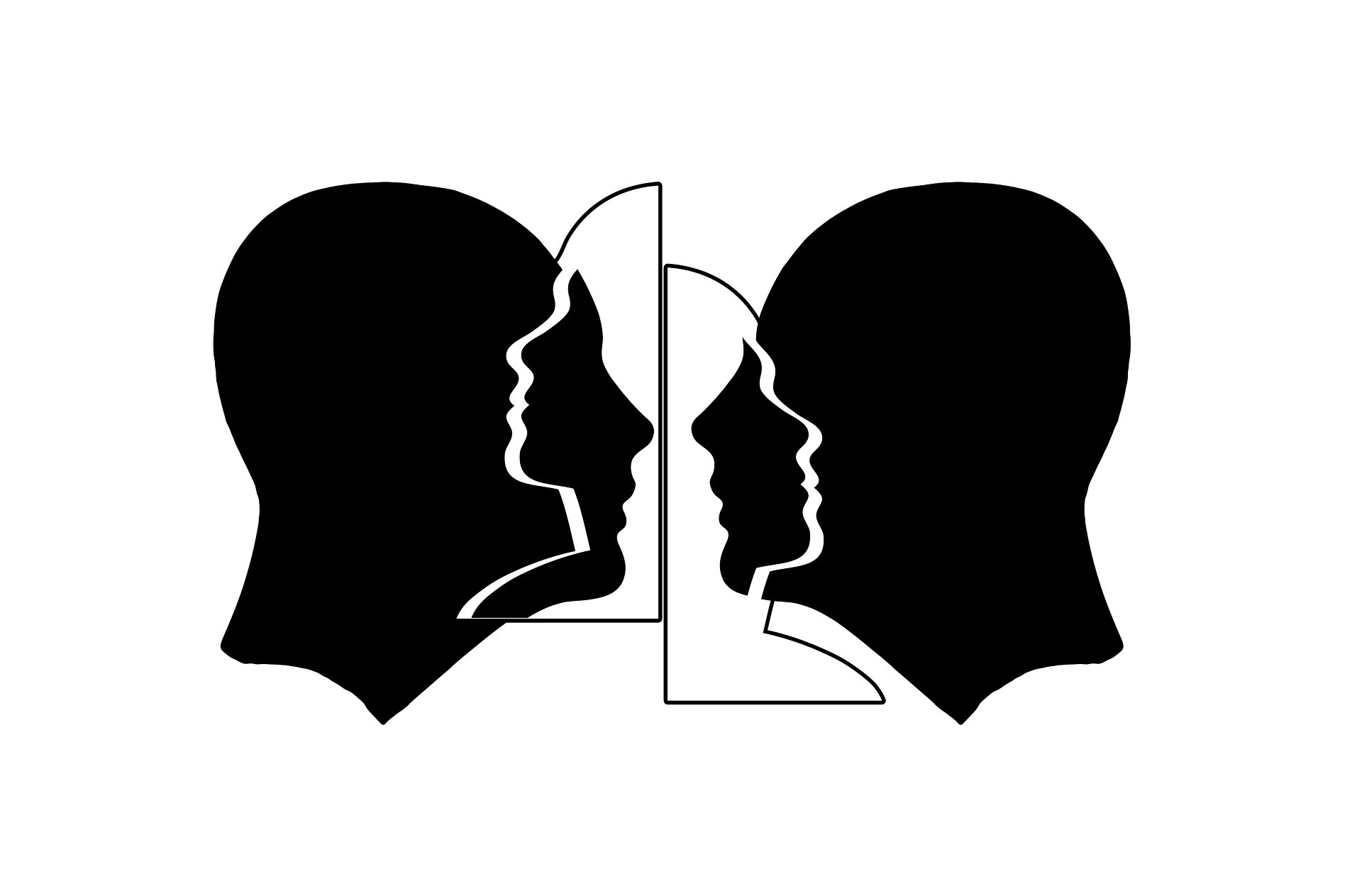Should the government help end the lives of people who are terminally ill? What about those who are not terminally ill? Everyone agrees that there is much at stake in this debate. Sickness can be protracted and painful: alleviating such suffering is central to medicine. Does that mean someone should be able to choose and receive a painless death when death is impending? If so, is it compassionate to extend access to those with chronic conditions whose end is not impending – or is it a compassionate response to resist expansion? These questions go to the heart of modern medicine’s goals and the government’s duties. Because suffering is central to our existence, the debate goes to the nature of our humanity.
Background
It is essential to begin with some basic background information: the terms used, a picture of where things stand globally, and the standard arguments for and against the practice. First, terminology varies greatly and can be confusing. The term “medical assistance in dying” is used here but many other terms exist, like physician-assisted suicide, aid-in-dying, physician-assisted death, death with dignity, and euthanasia. Medical assistance in dying is an umbrella term that includes physician-assisted suicide and euthanasia, but these involve different methods of implementation. The former refers to the practice whereby the physician prescribes a lethal drug and the patient delivers the lethal dose themselves. In the latter, the physician prescribes the drug and carries out the act via an injection. Both are about providing death, upon a person’s competent request, as a response to unbearable suffering due to a serious, irremediable medical condition.
An increasing list of countries worldwide have legalized some type of assistance in dying: several states in the US and Australia, Canada, Switzerland, the Netherlands, Belgium, Luxembourg, Colombia, New Zealand, Austria, Germany and Spain. Some countries have a terminal illness requirement, like the states in the US and Australia that allow for assisted suicide. Others, like Belgium, the Netherlands and Luxembourg, do not. Canada started with a 2016 law that limited access to those with a terminal illness (“reasonably foreseeable death”) until a court ruling ended this requirement. Canada is taking steps, which many resist, to expand its law to include those with a mental illness. Many other countries are debating the issue, including France, Portugal, and the UK.
There are two sides to this debate, and both have strong arguments. Arguments in favor are respect for autonomy and beneficence. Arguments against are the prohibition of killing, the incompatibility with medicine’s goals and slippery slope arguments. On the pro side, respect for autonomy refers to physicians’ duty to respect a person’s autonomous, competent wish to make decisions for themselves, including about their death. Beneficence relates to physicians’ ethical duty to alleviate suffering. Opponents argue that physicians should never end people’s lives and that, following the Hippocratic oath, they pledged not to “administer a poison to anybody when asked to do so.” Slippery slope arguments say that once a form of the practice is permitted, its further expansion is inevitable. For example, the concern that allowing assisted suicide leads to allowing euthanasia, or that the reasons for providing death will expand from refractory physical pain at the end of life to other reasons or conditions. On the surface, both sides have strong, rational, human, and moving concerns.
The professional debate
Let’s look at where the professional debate stands on this issue. There are two main disputes: First, whether there is a relevant difference between physician-assisted suicide and euthanasia and second, whether the practice should be limited to terminal illness.
The first dispute concerns whether the difference between physician-assisted suicide and euthanasia matters, morally and for policy. Some say that there is a moral difference between performing the act of ending someone’s life as opposed to handing out a prescription. They argue that handing a prescription, but not performing the act, ensures that the decision to end one’s life is a person’s own, without any external pressure. Others argue that the difference is mainly psychological or emotional, not moral – as both practices amount to providing a lethal drug. Compassion and non-abandonment, they claim, are better served in euthanasia because the physician accompanies the patient till the end and is there to ensure no complications occur during the process.
The second debate is about the boundaries of the practice. Should they be limited to terminal illnesses or be provided for chronic disorders including mental illness – should there be a medical condition at all? Those who favor an extension argue that autonomy and suffering are the only relevant grounds for medical assistance in dying: the source of the suffering does not matter. Those against expansion argue that suffering cannot be the only justification. It is important to note that all jurisdictions allowing for assistance in dying are limited to suffering that stems from a medical condition –one that cannot be relieved otherwise. Social conditions, like poverty, housing problems or discrimination, everyone agrees, should not be a basis for medical assistance in dying, but should be mitigated and social inequities addressed. Instead, the boundary debate is about what type of irremediable medical condition should be the basis for assistance in ending lives. Yet the ethical question is exactly about defining what an irremediable condition means. This appears more difficult than it may look like.
Confusion about irremediability
“Irremediability” – the absence of remaining remedies – is a wedge in this debate. The concept matters morally because medical assistance in dying is an option of last resort. That is, death as a last option for those whose condition is truly irremediable. We see the importance of the concept reflected in the law. In countries like the United States or Australia, it’s built into the framework: physician-assisted suicide is limited to those who have an incurable, terminal illness. Other countries have a separate irremediability legal requirements. For example, Canada requires the presence of a “grievous and irremediable medical condition,” Belgium a “serious and incurable disorder.” This is because the practice is motivated by the relief of intractable suffering from a medical condition. So the concept of irremediability plays an enormous role in this debate because it grounds the practice in its medical basis.
The problem is that we need to understand what we mean by irremediable. There are several concerns. First, it is ambiguous and refers to incurability and futility. Second, and confusingly, incurability refers to a disorder, but futility does not. Instead, it refers to a treatment option. Third, we need to understand how futility applies in the context of medical assistance in dying. While irremediability is crucial and relatively clear in terminal illness, we have yet to determine how to interpret and enforce it in non-terminal illness.
First, irremediability is ambiguous: it refers to both incurability and futility. When we say a disorder is incurable, we mean the point beyond which reversal of the disease process and recovery is unlikely. We can think of terminal cancer or neurological disorders like dementia. Many common conditions are considered incurable, like diabetes or coeliac disease. Futility refers to interventions that are unlikely to be beneficial to the patient. The concept originated in the 1980s in the context of decisions about foregoing life support and has largely been about end-of-life decision-making in hospital settings. The two concepts are often used interchangeably when they are not the same.
The second layer of ambiguity is that “incurable” and “futile” refer to different things. Incurable relates to the medical condition – like in the phrase “incurable cancer.” Futility instead relates to a treatment intervention – “a futile intervention.” This can be confusing because we sometimes hear the term “a futile condition.” This has been the topic of longstanding disputes in bioethical debates: judgments of futility were considered within the sole purview of medical expertise – a problem that bioethicist Robert Veatch described as the generalization of expertise. Furthermore, futility has often been permeated by clinicians’ value judgments about the patient’s condition. Such value judgments often are based on implicit disability bias that a life with a serious chronic condition or disability is bad or not worth living.
Finally, there is no clear understanding of how we should define “futile” interventions in the context of medical assistance in dying for chronic conditions or disabilities. Suppose a patient is at the ICU and on life support. Physicians judge that it is unlikely that they will regain consciousness. In such a case, futility decisions revolve around whether the medical team should continue life support. Suppose someone has a chronic disorder or disability – for example, diabetes or cerebral palsy. We can assume their condition is incurable in the strict medical sense. But does that mean continued intervention or support is futile? The social model of disability recognizes that what makes someone disabled is at least in part due to social and systemic barriers rather than the impairment itself. What counts as a futile intervention, then, clearly is beyond the purview of medical expertise.
Some might say that, at the end of the day, what matters is a person’s own quality of life judgment. A person should be able to say “enough is enough.” Yet it does not solve the question of what makes a condition truly irremediable. The motivation for medical assistance in dying as a last resort is that a person’s suffering be unbearable and their condition irremediable. Without clear standards for what “irremediable” amounts to, such judgements are prone to disability bias by health care providers, who may assume that the mere presence of a chronic disorder or disability is harmful. But, as Elizabeth Barnes and other have argued, the presence of a disorder or disability is not, per definition, a harm. Everything hinges on whether we can, as a society, define irremediability in chronic conditions in an ethical and inclusive way. Unfortunately, we are nowhere near that point.
Litmus test
A special test case is what is an irremediable mental illness. First, because we cannot define what it means for a mental disorder to be incurable or irreversible in the first place. Second, because the boundary between mental illness and mental distress is inherently vague. On the first concern, defining irremediability in mental disorders is tricky because clinicians cannot predict whether a person will recover. More broadly, clinicians cannot use reliable physical signs, an MRI or prediction tools to know whether a mental disorder is irreversible or incurable. This is an important distinction with physical conditions. For example, we may not be able to predict how exactly diabetes will progress in a particular person. Still, clinicians have a common understanding, as a matter of science, what end-stage diabetes means and what it looks like in terms of signs. There is no such shared understanding of “end-stage” depression or PTSD.
On the second concern, the boundary between mental disorder and mental distress is vague – a long-standing dispute in psychiatry. This poses a problem for medical assistance in dying because it is precisely premised on relieving suffering that stems from a medical condition. For example, two American palliative care physicians ask, in the Hastings Centre Report, what expanded access in the US would look like: would it “erode the gains made in hospice and palliative care, making the environment riskier and more frightening for our most vulnerable patients (as the cases of […] euthanasia for vague psychosocial distress in the Netherlands appear to suggest)?” This strikes a chord because the boundary between mental disorder and psychosocial distress is inherently vague. If we cannot define the boundary of medical assistance in dying, this poses a problem for the practice more broadly.
A debate about our collective humanity
Where does this leave us? We all recognize that a compassionate response to fellow human beings’ suffering is an ethical imperative. But what constitutes a compassionate response to this suffering is what the broader debate is about. Does a government’s duty to protect individuals and mitigate social and health inequities precede that of ending people’s lives? It seems it does. Many react with indignation upon hearing that people with a mental illness, with limited access to mental health services in an already under-resourced mental health care system, are being granted medical assistance in dying in some parts of the world. Debates about expansion beyond terminal illness cannot be reduced to autonomy and suffering only: it does not work as a matter of ethics or policy. We need a genuine debate with all stakeholders, that recognizes the broader societal structures that perpetuate structural injustices at the heart of this suffering.
As someone who has worked intensively for many years on this issue, our understanding of what we can or cannot cure or remedy is the heart of the matter. Failure to ethically define irremediability poses a serious problem for the practice. Without clear standards, the disability bias trap looms large – an ethical liability for the practice. This issue transcends the divide between progressives and conservatives. It goes to the social meaning of medicine and the state’s duties. Above all, it is an unprecedented challenge to the kind of society we want – and ought to – build and shape.
Marie Nicolini, MD PhD is a psychiatrist and ethicist trained in Europe and the US. A former fellow at the US National Institutes of Health, she has published extensively on the issue of medical assistance in dying and has testified as an expert witness to the Canadian Parliament on this issue. She is currently a Senior Researcher at KU Leuven and holds a 3-year grant from the Belgian Research Foundation Flanders (FWO).







